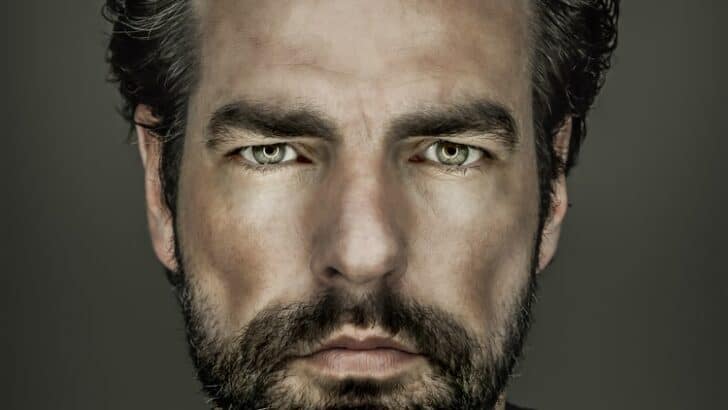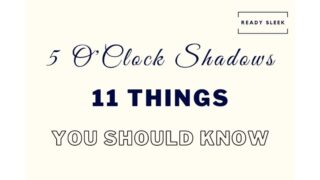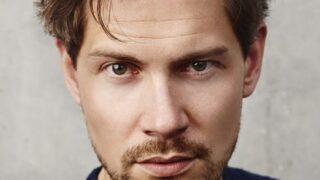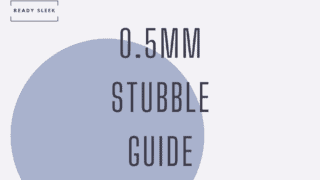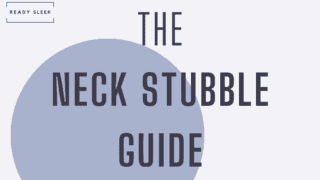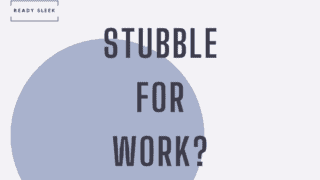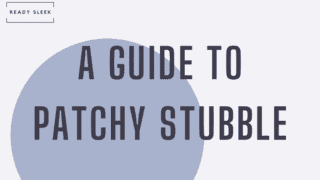Some facial hair metrics just matter to men. Length is one of them, but not always. After all, light stubble is trendy. But the thickness of stubble is different and definitely does matter to some men as well.
“Thick stubble” refers to stubble that is dense and concentrated. In other words, the hair follicles are spaced close together; this is one of the key reasons why some beards look fuller and less patchy than others.
Although facial hair length is different to density, it does also play a role in how thick a stubble beard might look.
I’m about to tell you exactly what else makes stubble look thick, to give you a nice and deep understanding of it.
I’ll also be talking through some great styles you can try out with it as well.
Whether you already have thick stubble or just aspire to have it, this information is going to be essential.
Let’s get to it.
What Exactly Makes Stubble Thick?
As I mentioned, density is the key feature here. The closer the strands of hair are to each other, the thicker the stubble will look.
This is great, I guess.
But there’s very little that can actually be done about it. Unfortunately, some men are just blessed with dense, perfectly distributed stubble, while others aren’t.
Patchy stubble is a very real problem that many, many men face.
If this is you, you’re definitely not alone.
Another feature we don’t have much control over is the actual size of the stubble hair strands themselves. Some men have bigger and sturdier strands, while others have thinner and wispier ones.
As you’d expect, the bigger they are, the thicker the stubble looks. Yes, unfortunately, this is another thing we have little control over.
But one thing we do have control over is the length.
Growing stubble out just a little is enough to make it look thicker. For example, growing out light stubble to medium stubble or heavy stubble often makes it look thicker.
But there’s a catch to this:
It may get to a point where you reach an awkward phase of beard growth. As the facial hair gets longer, the difference between the hair and the bare patches become more obvious.
Because of this, patches become more obvious.
This is usually when it gets to “short beard” territory (> 5mm) after 2 – 3 weeks of growth and not while you’re still in stubble range.
But occasionally, yes, very heavy stubble (5mm) can look a bit patchier than medium stubble, for instance.
So experiment with length and try and hit that sweet spot where you get the benefits of longer facial hair, while not allowing it to get long enough for patches to become more pronounced.
A difficult balancing act, yes.
But you’ll get to grips with it.
If you want some additional thickening tips, check out this post on how to make stubble look thicker.
Now, let’s talk through some awesome styles you can shape with it.
6 Great Thick Stubble Styles
There’s so much you can do with dense and thick stubble. It’s masculine, it’s intense, it’s impressive. Here are six styles you could try out for yourself.
1. Classic Thick Stubble
A classic stubble beard is as simple as it gets. You’ve got hair on the chin, the cheeks, and in the mustache area.
It requires very little maintenance, but it does require some maintenance.
Here’s what you’ve got to do.

The stubble borders need to be well-maintained. The neckline needs to be set at the correct height and the cheek lines need to be sharp and neat.
The stubble also needs to be trimmed regularly. Thick stubble can become untidy pretty quickly – it needs discipline to prevent it from looking accidental.
Trim it to your desired length, whatever that may be. Varying the length ever so slightly so that the thicker areas are trimmed shorter than the thinner areas will often lead to the best results.
For example, the chin and mustache areas are often thicker than the cheeks. Try trimming the chin and mustache areas down to 3mm, but keep the cheeks at 3.5mm or 4mm.
As you’d expect, having a stubble trimmer capable of trimming down in such small increments would come in very useful.
Ultimately, if you’re looking for subtle sophistication, sticking to a classic stubble beard will always serve you well.
2. Thick Goatee With Stubble
The thick goatee with stubble consists of a goatee beard with stubble surrounding it.
A goatee refers to the hair on the chin, and this may be long and well outside of stubble range (i.e >5mm long).
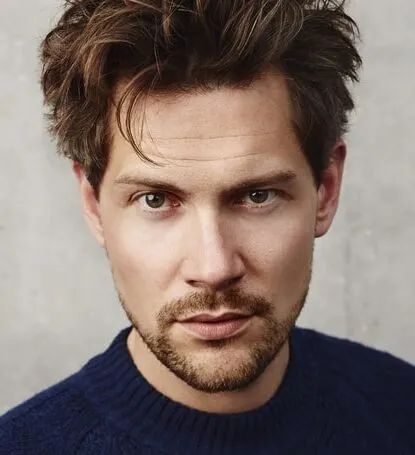
There may or may not be a mustache. If there is, it may be connected or disconnected from the chin beard.
But the beauty of this hybrid style is that the goatee is surrounded by stubble. In other words, there’s stubble on the cheeks.
Most goatee styles such as Full Goatees, Extended Goatees, and Goatees With Chinstraps, for instance, don’t have any hair on the cheeks whatsoever.
Goatees are usually defined by there being hair on the chin but not on the cheeks.
But this style is a little different. The presence of stubble on the cheeks produces a nice graded effect as the hair on the cheeks (the stubble) is much shorter than the hair in the goatee.
3. Extended Goatee
This style works great with thick stubble because it has one added benefit when compared with a regular goatee style:
It adds a bit of definition to the jawline.
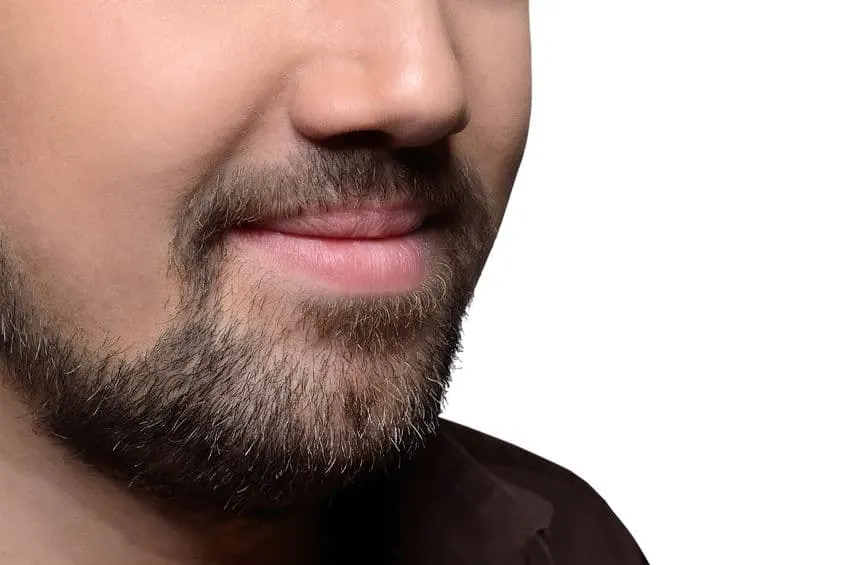
So, you’ve got the usual goatee features of there being hair on the chin but not on the cheeks.
With an extended goatee, the bottom edges of the chin beard tail upward along the first part of the jawline on either side.
If it went all the way up the jawline from ear-to-ear, it would be a goatee with chinstrap.
It may not be as obvious or in-your-face as this, but it’s still a nice touch.
It’s a great, subtle way to add just a little bit of contouring to the jawline.
4. Thick Mustache With Stubble
This consists of a mustache of some variety that’s surrounded by thick stubble.
Much like the goatee with stubble, it’s a hybrid style where thick stubble is combined with another element.
Here, it’s a mustache.
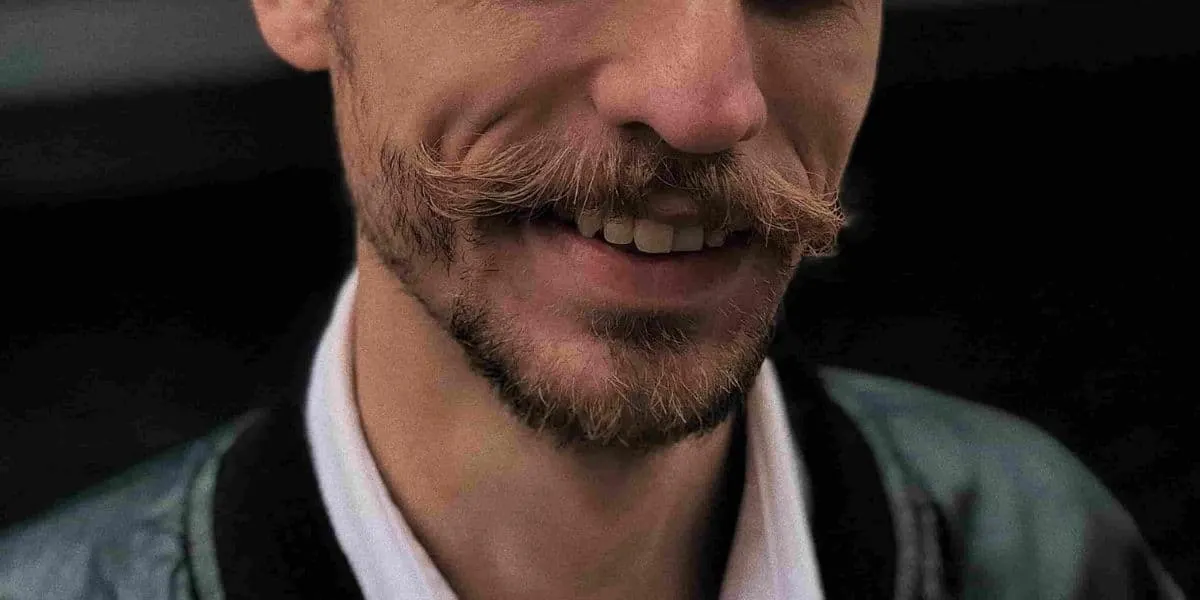
The mustache may be much longer than the stubble length, like in the picture above.
This mustache can be styled however you want it. In the picture above, it’s a Handlebar. But it could be anything; a Chevron, a Horseshoe, etc. The choice is yours.
What matters here is the fact that whatever mustache style you go for, it’ll be surrounded by glorious stubble.
This is a great option for mustache lovers who don’t want their mustache to be the only facial hair on their face.
At the same time, they don’t want the hassle or commitment of a full beard. They may not want this aesthetic either
But this hybrid style keeps the mustache as the focus of their face while still having some other facial hair to take some of the attention.
5. Shaved Head With Thick Stubble
Whether you’re bald or buzzed, a smooth dome goes great with thick stubble.
Growing any facial hair when you haven’t got much on top is usually a very effective and impressive option.
The reason for this is that baldness can often make a head look rounder than you may like. This is because you don’t have any scalp hair to adjust for this.
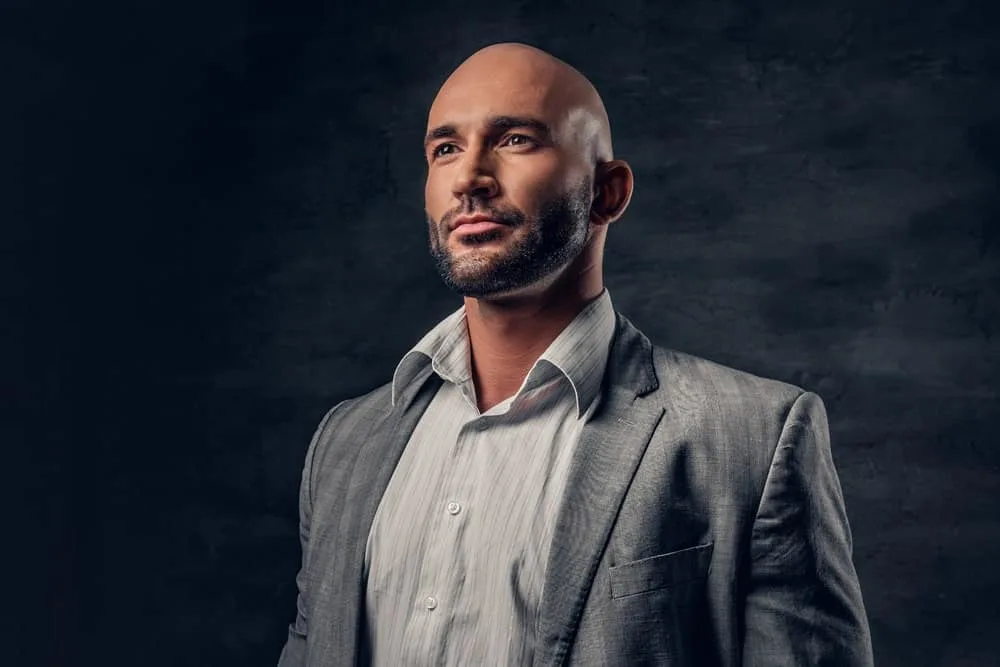
You can use it to change the overall shape of your head.
Growing a beard of some sort is an alternative solution. You can use facial hair to elongate the chin, for instance, and make the head look less round.
But you may not want to commit to a full beard just because you’re bald or shaved on top.
Growing stubble is still a good option and will still make the head look less round overall. It’ll add prominence and structure to the chin.
It’ll also draw attention away from the scalp (if this is what you want) and onto the lower portion of the face.
Even if you’re not worried about head shape or anything of the sort, the bald with thick stubble look is just incredibly masculine.
It’s a combination that rarely disappoints. Try it out.
6. The Van Dyke
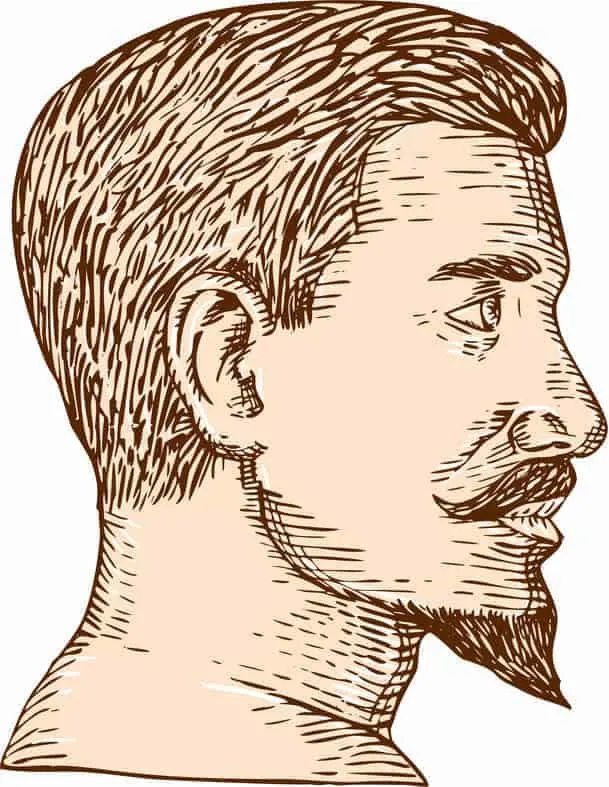
This one’s also a goatee variant.
Yes, I know. This list is pretty heavy on goatees. But that’s only because they work so well with thick stubble.
A Van Dyke is like most goatees – there’s hair on the chin but not on the cheeks.
But it does have a couple of features that really do define it and set it apart from the rest.
For one, there’s always a mustache. This mustache is usually styled into a Handlebar, where the edges are neatly curled upward on either side.
It’s usually necessary to use some styling product such as balm or wax to achieve this.
It’s also quite difficult to do this with shorter stubble lengths because there often isn’t enough length to work with. It should be just about possible with heavy stubble, however.
The Van Dyke is a disconnected goatee style, because the mustache isn’t connected to the chin beard.
The chin beard is usually shaped into a downward-facing triangle. Not always, but usually.
This combination of a handlebar mustache (if possible) plus a neatly sculpted chin beard is what gives the Van Dyke it’s unique edge.
Although it’s more commonly styled out of longer facial hair, it’s still possible to achieve it with heavy, thick stubble.
It’s a little more intense and does have some increased trimming and maintenance requirements. As I mentioned, you’ll most likely need to invest in some styling products.
But if you’re looking for a style to help you stand out a little, this one may well be for you. Try it out and see for yourself.
Conclusion
It may not be possible to fully appreciate just how much can be done with stubble in just one article.
The facial hair may be short, but it’s incredibly versatile. There’s just so much that can be done with it stylistically, particularly when it’s thick.
Don’t get tied down or too attached to one style. Switch it up, test stuff, and enjoy the process.
It’s also great for experimenting with. That’s exactly what you should do. Experiment, have fun with it.
Ready Sleek founder. Obsessed with casual style and the minimalist approach to building a highly functional wardrobe. Also a fan of classic, vintage hairstyles.

